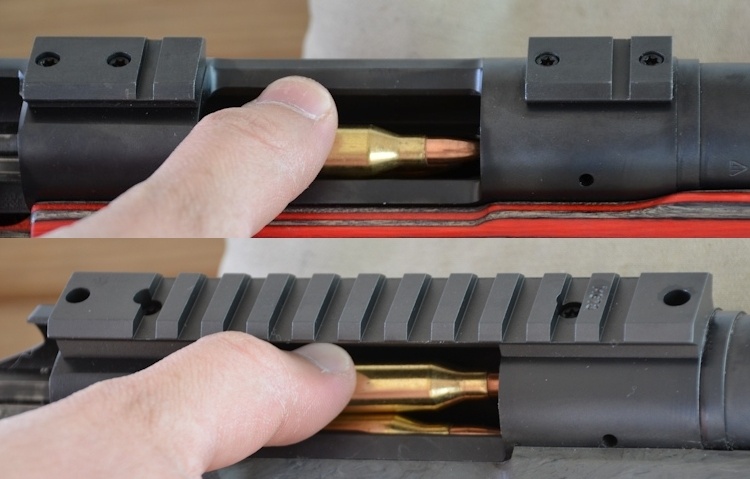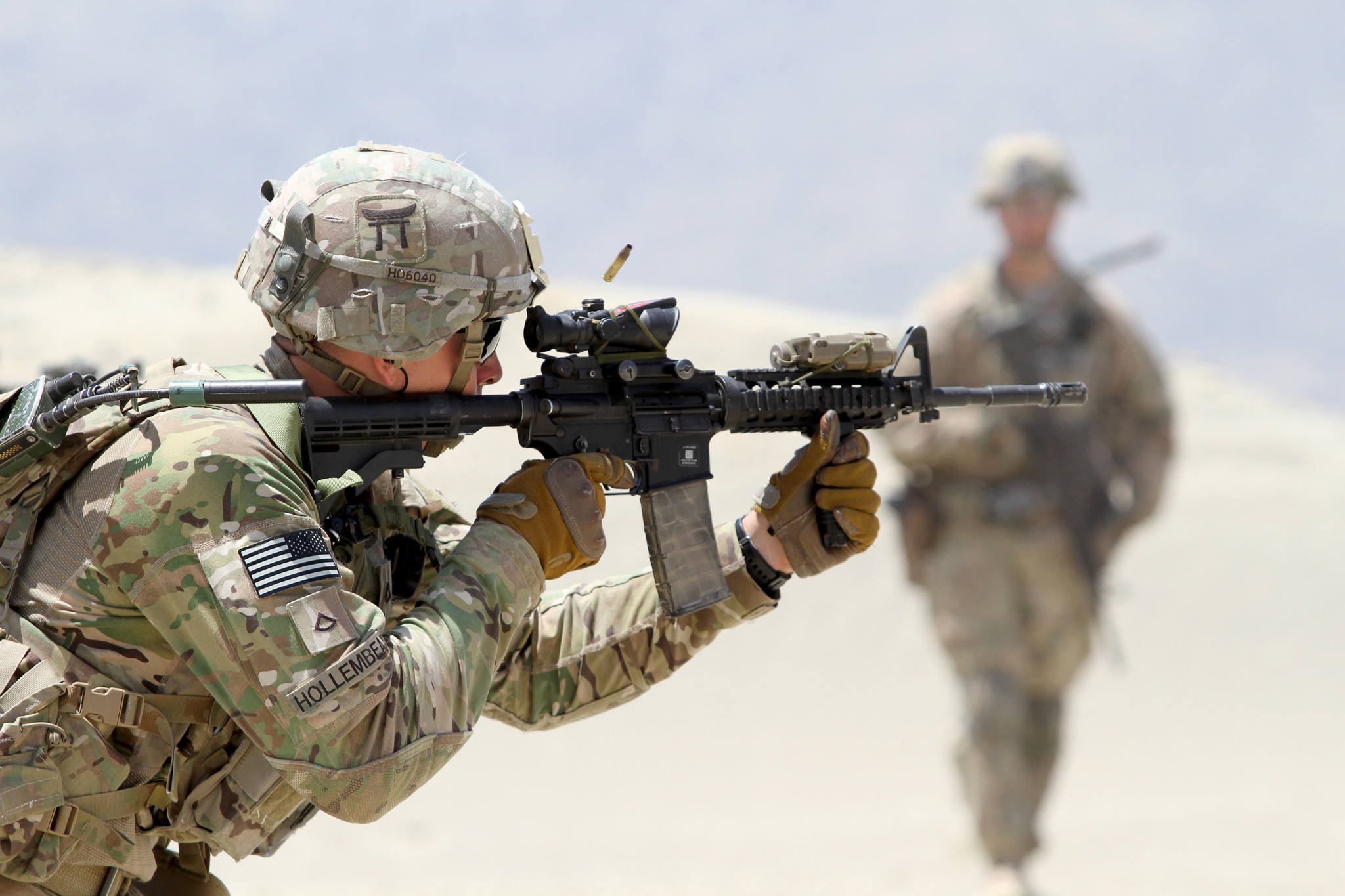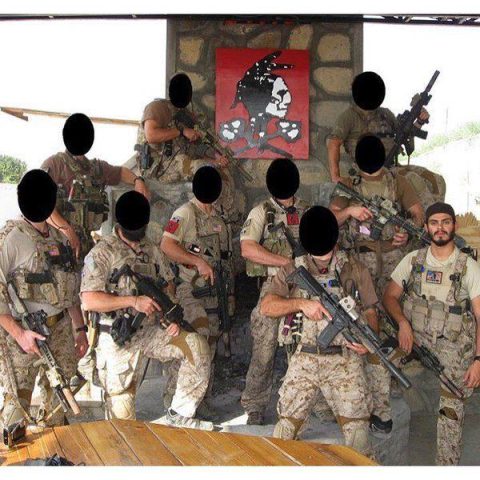The rapid technological development at the end of the 19th century significantly impacted the military industry. In the First World War, the first use of laser devices was recorded, initially in the aviation industry. In the following decades, advances in batteries, glass lenses, lasers, and other diodes made it possible to create reliable, precise, and practical devices used by elite military units.
History
With the development of various tactical equipment such as laser target markers, reflex sights, optical sights, tactical lamps, and other accessories, it became necessary to standardize their production to streamline production and regulate the market. To this end, it was deemed essential that all of these accessories be compatible with the mounts on which they would be mounted and that the mounts themselves be standardized.

The first step in this direction was the patenting and promotion of the Weaver carrier, which consists of rails designed primarily for mounting magnifying optical sights. William Ralph Weaver designed the Weaver rails for his company, W.R. Weaver Co., which he founded in 1930. These rails consist of transverse, parallel grooves of a rectangular shape separated by notches.
Design
The Picatinny rails were based on the design of the Weaver rails and were developed by the American company Picatinny Arsenal. The two models of rails are visually similar, but the main differences lie in the dimensions of the cut between the grooves and the fact that the Picatinny rails are standardized, while the Weaver rails are not. This means that the distances between the centers of the cuts on Weaver mounts do not always have to be the same. In practice, equipment compatible with Weaver rails will generally also be compatible with Picatinny rails, but the reverse is not true.
The characteristics of modern conflicts, particularly close combat, require the adaptation of personal weapons to the current circumstances to increase the combat efficiency of operatives. This is primarily achieved by mounting tactical accessories for different purposes, allowing the same gun to be adapted to various tasks, jobs, or actions. With this in mind, NATO leadership adopted the Picatinny rails as a standard accessory in equipment with standard 2324 on February 3, 1995. This was confirmed with minimal measurement and construction differences by standard 4694 (NATO Accessory Rail). The standard marking for Picatinny rails is “MIL-STD 1913”.

The standardization of rails requires all manufacturers who produce systems compliant with NATO standards to strictly adhere to the established dimensions of rails when making tactical accessories. When it comes to armed systems, a project defined as being compliant with NATO standards must, among other things, be equipped with these rails.
In addition to factory integration, rails can be retrofitted using welding, screwing, or clamping methods. On various categories of infantry weapons, the rails are usually mounted along the upper side of the weapon’s receiver, following the 3-6-9 principle (on both sides and the bottom). The equipment is then mounted on the rails by sliding and securing it. The cuts on the rails are often marked with numbers to help the user remember the position where they have mounted a particular tactical accessory. The rails are typically made of aluminum alloys to optimize weight. Ergonomic linings made of composite materials are often added to the rails, as the edges of the grooves can be sharp and uncomfortable to grip if not adequately finished to improve comfort.
Various optical and reflex sights, laser target markers, tactical lamps, and assault grips can be mounted on Picatinny rails, typically on the support on the upper side of the system.










i worked at picatinny in the light weapons branch my main projects were the m4 and m16.
long time ago i was asked by my lead to draw up a design to be able to put sights on top of the rounded grips on top of these weapons. i came up with some concept ideas and thus the picatinny rail was bord idea,. still have the original prototype drawings. that was many years ago.